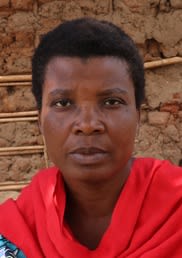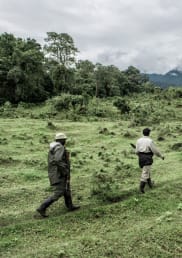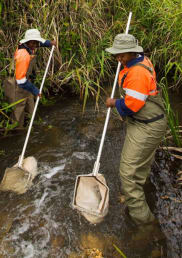A climate of conflict: The links between climate change, peace and war
This report looks at the social and human consequences that are likely to ensue from climate change – particularly the risks of conflict and instability.
Climate change is upon us and its physical effects have started to unfold. That is the broad scientific consensus expressed in the Fourth Assessment Review of the Inter-governmental Panel on Climate Change. This report takes this finding as its starting point.
Hardest hit by climate change will be people living in poverty, in under-developed and unstable states, under poor governance. The effect of the physical consequences – such as more frequent extreme weather, melting glaciers, and shorter growing seasons – will add to the pressures under which those societies already live. The background of poverty and bad governance means that many of these communities both have a low capacity to adapt to climate change and face a high risk of violent conflict.
To understand how the effects of climate change will interact with socio-economic and political problems in poorer countries means tracing the consequences of consequences. This process highlights four key elements of risk – political instability, economic weakness, food insecurity and large-scale migration.
Political instability and bad governance make it hard to adapt to the physical effects of climate change and hard to handle any conflicts that arise without violence. Economic weakness narrows the range of income possibilities for the population and deprives the state of resources with which to meet people’s needs. Food insecurity challenges the very basis of being able to continue living in a particular locality and, as a response to that and other kinds of insecurity, large-scale migration carries high risk of conflict because of the fearful reactions it often receives and the inflammatory politics that often greet it.






